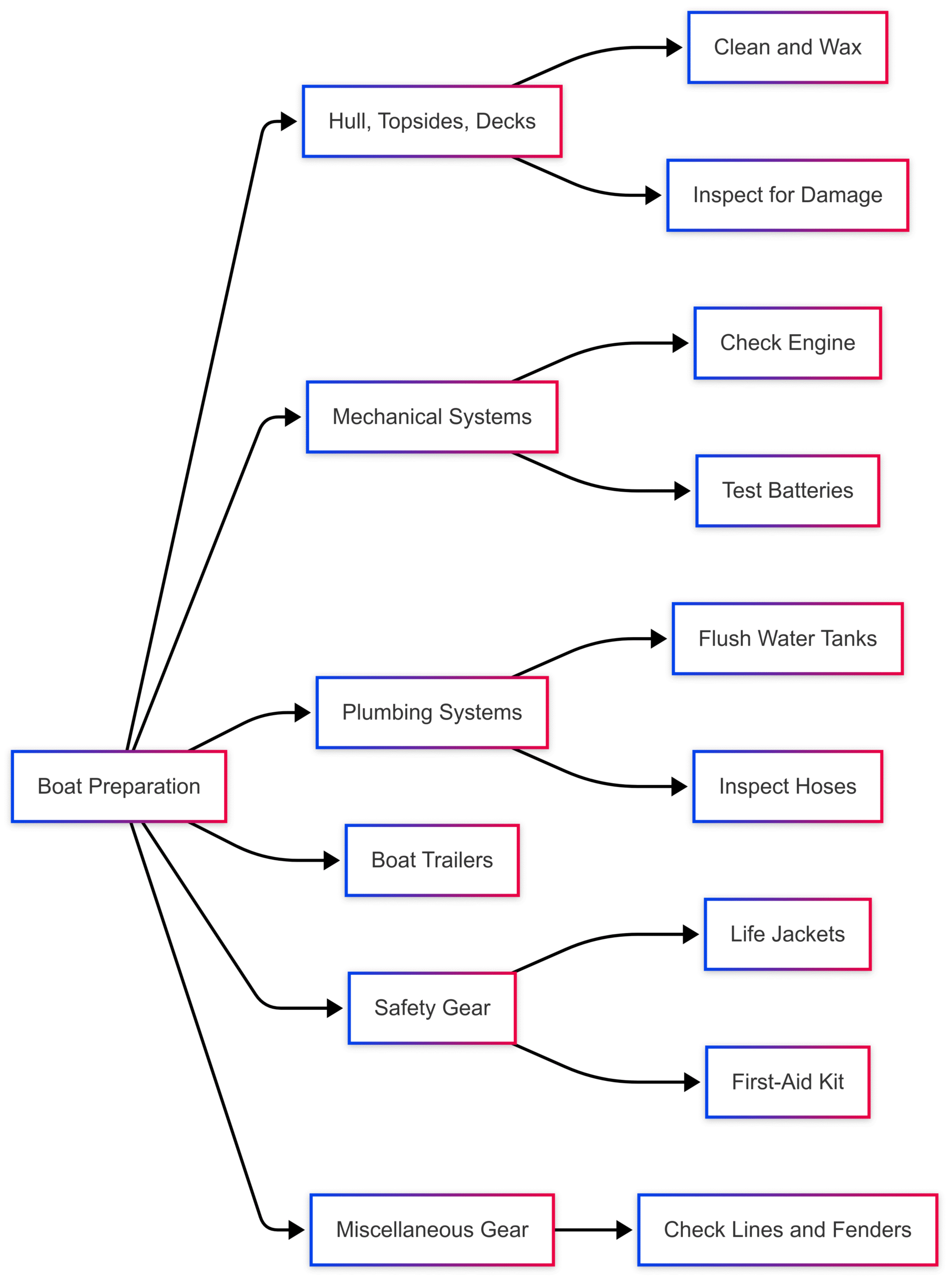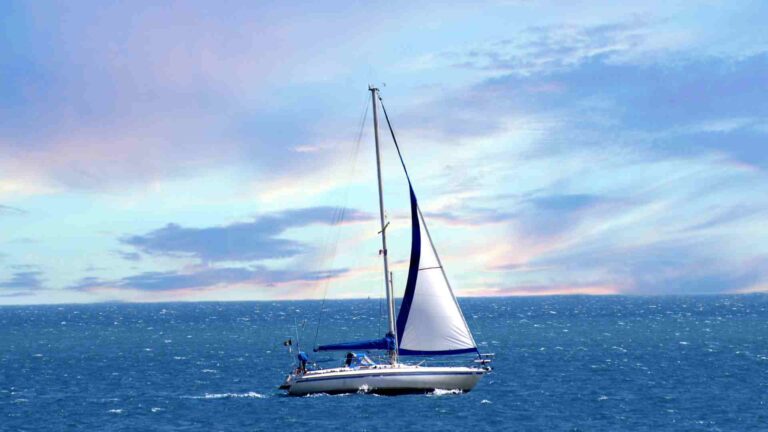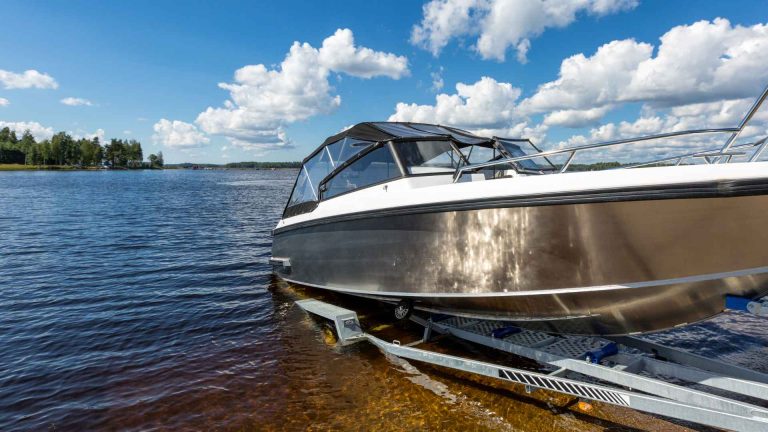How To Pack For A Boating Trip: All Of The Essentials
Discover how to pack for a boating trip with our comprehensive guide. Learn essential items, clothing tips, safety gear, and what to avoid for a smooth adventure.
Boating trips offer a unique blend of adventure, relaxation, and immersion in nature. Whether you’re embarking on a day trip, a weekend getaway, or an extended voyage in a tropical destination like the Caribbean, packing smartly is critical to ensuring a safe and enjoyable experience. Limited space, unpredictable weather, and the marine environment demand careful planning. This comprehensive guide outlines all the essentials you need, from clothing and safety gear to entertainment and food supplies, while highlighting what to leave behind to avoid common pitfalls. With practical tips and a focus on efficiency, this article will help you prepare for smooth sailing.
Understanding the Boating Environment
Boating presents unique challenges that differ from land-based travel. Space is often limited, especially on smaller vessels like sailboats or yachts, where every inch counts. The marine environment exposes you to sun, saltwater, and variable weather, requiring gear that’s durable, waterproof, and compact. Safety is paramount, as emergencies can arise quickly, and access to resources like food, water, or medical supplies may be limited. Packing for a boating trip requires balancing essentials for comfort, safety, and practicality while avoiding items that could create hazards or clutter.
Key Considerations Before Packing
- Itinerary and Activities: Understand the trip’s duration, destinations, and planned activities (e.g., snorkeling, fishing, or shore excursions). If you’re a guest, request a detailed itinerary from the captain to pack appropriately.
- Weather Forecast: Check marine weather forecasts, but always prepare for unexpected changes. Coastal areas can experience sudden shifts in temperature or conditions.
- Boat Rules: Confirm the vessel’s policies, such as no-shoe rules or restrictions on certain items like glass or tanning oils.
- Crew Responsibilities: If you’re the captain or organizer, ensure all guests are informed about the itinerary and packing requirements. For extended trips, coordinate shared items like food or safety gear.
Clothing for a Boating Trip
Clothing choices should prioritize functionality, sun protection, and space efficiency. The boating lifestyle, especially in warm climates, is casual, so formal attire is rarely necessary unless specified for a charter’s dress code.
Swimwear
Swimwear is a staple for any boating trip, as you’ll likely spend significant time in or near the water. Pack 2-3 bathing suits to avoid wearing wet ones, which can be uncomfortable and lead to chafing. Bathing suits take up minimal space, making them easy to include. For water-intensive activities like snorkeling, consider a lightweight wetsuit jacket for warmth, especially in early spring or late summer when water temperatures may be cooler.
Recommendation:
- Men’s: Florence Marine X SPF Hooded Shirt (UPF 50+, quick-dry, $50-$70)
- Women’s: Suntegrity Swimwear with UV protection ($30-$60)
Quick-Dry and UV-Resistant Fabrics
Invest in clothing made from quick-dry, UV-resistant materials like Sunbrella or similar marine-grade fabrics. These prevent mold, dry rapidly, and protect against harsh sun exposure. Convertible pants with zip-off legs are practical for transitioning between shorts and trousers, offering versatility without sacrificing space. Long-sleeve cover-ups are essential for sun protection when reapplying sunscreen isn’t feasible.
Recommendation:
- Convertible Pants: Columbia Men’s/Women’s Silver Ridge Cargo Pants ($60-$80)
- Cover-Ups: Coolibar UPF 50+ Long-Sleeve Shirt ($40-$60)
Lightweight Foul Weather Gear
Weather can change rapidly at sea. Pack a lightweight, waterproof jacket and pants to stay dry during sudden squalls or windy dinghy rides. Look for compact, breathable options that won’t take up much space.
Recommendation:
- Jacket: Helly Hansen Salt Navigator Jacket ($150-$200)
- Pants: Gill Waterproof Trousers ($100-$150)
Footwear
Many boats enforce a no-shoe policy to protect decks, so pack comfortable socks or go barefoot. If shoes are allowed, choose non-slip boat shoes or sandals with good traction. Avoid heels or smooth-soled shoes, which can cause slips or scuff decks. Flip-flops or water shoes are ideal for shore excursions or dinghy landings.
Recommendation:
- Boat Shoes: Sperry Top-Sider Authentic Original ($90-$120)
- Water Shoes: Astral Loyak Water Shoes ($80-$100)
Accessories
Sun protection is critical on the water, where UV rays are intensified by reflection. Pack a wide-brimmed hat with a chin strap or clip to prevent it from blowing away. Polarized sunglasses with a retainer strap are essential for reducing glare and spotting underwater hazards. A 6-inch cord with clips can secure hats or glasses to your clothing.
Recommendation:
- Sunglasses: Electric Knoxville Sport, Blue Polarized Pro ($120-$150)
- Hat: Florence Marine X Lay-Flat Dad Hat ($30-$50)
Packing Strategy
To maximize space, roll or vacuum-pack clothing into categories (e.g., shirts, shorts, swimwear). Use soft-sided duffel bags, as hard-sided luggage is difficult to store and can damage teak decks. A good rule of thumb is to pack everything you think you need, then reduce it by half to avoid overpacking.
Sample Clothing Packing List for a 7-Day Tropical Boating Trip:
| Item | Quantity | Notes |
|---|---|---|
| Bathing Suits | 2-3 | Quick-dry, UV-protective preferred |
| Long-Sleeve Cover-Ups | 2 | UPF 50+, lightweight |
| T-Shirts/Tank Tops | 3-4 | Breathable, quick-dry |
| Shorts | 2-3 | Convertible pants optional |
| Lightweight Jacket | 1 | Waterproof, packable |
| Socks | 2-3 pairs | Comfortable, non-slip |
| Hat | 1-2 | Wide-brimmed with strap |
| Sunglasses | 1-2 | Polarized with retainer |
Safety and Navigation Gear
Safety is non-negotiable on a boating trip. Whether you’re the captain or a guest, ensure the vessel is equipped with essential safety and navigation gear. If you’re organizing the trip, confirm these items are on board and in working order.
Must-Have Safety Gear
- Life Jackets: One per person, including children and pets. Ensure they’re U.S. Coast Guard-approved.
- Throwable Life Ring: For emergencies, paired with a boat hook for retrieval.
- First-Aid Kit: Include bandages, antiseptic, pain relievers, and seasickness medication (e.g., Dramamine, $5-$15, or Transderm Scop, $80-$100 with prescription).
- VHF Radio: Essential for communication, especially offshore ($100-$300).
- Emergency Beacon (EPIRB): Critical for long-distance trips ($400-$800).
- Flashlights/Headlamps: Opt for red-light headlamps to preserve night vision ($20-$50).
- Whistle: One per person for signaling in emergencies ($5-$10).
Navigation Essentials
Even with modern GPS systems, backups are crucial in case of electronic failure.
- Paper Charts and Cruising Guides: Region-specific charts for your destination ($20-$50).
- Handheld GPS: A reliable backup ($150-$300).
- Satellite Phone: For remote areas with no cell service ($500-$1,000 or rental options).
Safety Gear Checklist:
| Item | Quantity | Notes |
|---|---|---|
| Life Jackets | 1 per person | Coast Guard-approved |
| First-Aid Kit | 1 | Comprehensive, marine-specific |
| VHF Radio | 1 | Fully charged, tested |
| EPIRB | 1 | Registered, functional |
| Paper Charts | 1 set | Region-specific |
| Handheld GPS | 1 | Backup batteries included |
Personal Essentials
Personal items should focus on health, comfort, and convenience while adhering to the boat’s space constraints.
Sunscreen and Skincare
The sun’s intensity on the water requires robust protection. Pack reef-safe sunscreen with at least SPF 30, reapplying every 2 hours or after swimming. Avoid oil-based sunscreens, which can stain decks. SPF lip balm and aloe vera are also essential.
Recommendation:
- Sunscreen: Suntegrity Mineral Sunscreen SPF 30 ($30-$40) or Sun Bum SPF 50 ($15-$20)
- Lip Balm: Sun Bum SPF 30 Lip Balm ($4-$6)
Seasickness Remedies
Seasickness can affect even seasoned boaters. Take medication like Dramamine the night before or upon boarding to allow your body to adjust. Consult a doctor for prescription options like Transderm Scop, noting potential side effects like drowsiness.
Toiletries
Pack travel-sized toiletries to save space, including:
- Toothbrush, toothpaste, and floss
- Shampoo and conditioner (marine-friendly, biodegradable)
- Hairbrush, detangling mask, and comb for low-maintenance hair
- Deodorant and lip balm
For women, a small pouch for essentials like phone, wallet, and lip balm is handy for shore excursions.
Hydration
Dehydration is a risk due to sun exposure and saltwater activities. Pack a large, reusable water bottle (e.g., Hydro Flask, $30-$50) and avoid single-use plastics. Ensure the boat has enough bottled water or gallon jugs for drinking and cooking, especially in remote areas.
Food and Galley Supplies
Food planning is critical, as access to stores may be limited. Coordinate with the captain to ensure the galley is stocked with utensils, a cooling device, and non-perishable items.
Food and Snacks
Plan meals that are easy to prepare and clean up. Individually wrapped snacks like energy bars, nuts, or dried fruit minimize waste. For extended trips, stock enough food and water for at least three days, even if dining ashore is planned.
Sample Meal Plan for a 3-Day Trip:
| Meal | Day 1 | Day 2 | Day 3 |
|---|---|---|---|
| Breakfast | Oatmeal, fruit | Yogurt, granola | Bagels, cream cheese |
| Lunch | Sandwiches, chips | Wraps, fruit | Pasta salad, veggies |
| Dinner | Grilled fish, rice | Tacos, beans | BBQ chicken, salad |
| Snacks | Nuts, energy bars | Dried fruit, crackers | Popcorn, jerky |
Galley Essentials
- Cooking Gear: Confirm the boat has pots, pans, and utensils. Bring a sharp chef’s knife ($30-$60) or knife sharpener if cooking frequently.
- Spices: Pack basics like salt, pepper, and hot sauce (e.g., Marie Sharp’s, $8-$12).
- Cooler: A collapsible cooler (e.g., TOURIT, $20-$40) for shore excursions or extra ice storage.
- Non-Breakable Drinkware and Plates: Avoid glass to prevent breakage ($15-$30 for sets).
Entertainment and Comfort Items
Boating trips often include downtime, so pack items to enhance relaxation and fun.
Water Toys and Activities
- Snorkel Gear: Bring your own mask, snorkel, and fins for better quality ($50-$100 for a set).
- Floats and Rafts: Rent locally to save space, or pack compact inflatables ($20-$50).
- Paddleboards: If space allows, bring inflatable paddleboards ($200-$400).
- Underwater Camera: A GoPro Hero ($300-$400) for capturing underwater moments.
Entertainment
- Books or E-Reader: A Kindle ($100-$150) is ideal for reading on deck.
- Games: Pack cards, dice, or travel-sized board games ($10-$20).
- Bluetooth Speaker: A waterproof speaker (e.g., JBL Flip, $80-$120) for music.
- Projector: For movie nights, use a portable projector ($100-$200) with a sheet and duct tape.
Comfort Items
- Quick-Dry Towels: Pack 2-3 per person ($15-$30 each).
- Dry Bags: A 4L Sea to Summit dry bag ($20-$30) for phones and documents.
- Earplugs and Eye Mask: For noisy ports or bright cabins ($5-$15).
What Not to Bring
Avoiding certain items is as important as packing the right ones to prevent safety hazards, messes, or clutter.
- Messy Foods: Skip sticky or greasy snacks that attract pests or create slippery surfaces.
- Glass: Glass bottles or dishes can shatter, creating hazards.
- Slippery Shoes: Smooth-soled shoes increase the risk of falls.
- Sharp Objects Without Storage: Knives or scissors must be secured.
- Expensive Jewelry: Risk of loss or damage is high.
- Non-Waterproof Electronics: Protect devices with waterproof cases.
- Cigarettes/Open Flames: Fire hazards are significant on boats.
- Oversized Items: Bulky coolers or bags clutter limited space.
- Non-Waterproof Items: Paper maps or books need protection.
- Plastic Grocery Bags: Use reusable totes to prevent litter.
Boat Preparation for Extended Trips
If you’re the captain, ensure the boat is ready for the journey. A spring commissioning checklist can help:

- Hull, Topsides, and Decks: Clean, wax, and inspect for damage.
- Mechanical Systems: Check engines, batteries, and fuel systems.
- Plumbing Systems: Flush water tanks and inspect hoses.
- Safety Gear: Verify life jackets, fire extinguishers, and radios.
- Miscellaneous Gear: Ensure lines, fenders, and anchors are in good condition.
For offshore trips, consult a guide like How to Prepare a Yacht for Offshore Sailing for additional considerations.
Final Tips for Packing
- Pack Light: Space is limited, so prioritize multi-purpose items and reduce clothing by half.
- Coordinate with Crew: Split shared items like fishing gear, coolers, or spices to avoid duplicates.
- Check Local Regulations: Ensure fishing licenses or drone permits are in order.
- Test Gear: Verify electronics, safety equipment, and navigation tools before departure.
Conclusion
Packing for a boating trip requires careful planning to balance comfort, safety, and practicality. By focusing on essentials like quick-dry clothing, reef-safe sunscreen, safety gear, and compact entertainment, you’ll be well-prepared for a memorable adventure. Avoid common mistakes by leaving behind hazardous or bulky items, and always coordinate with the captain or crew to ensure a smooth trip. Whether you’re exploring the Caribbean or a local lake, this guide equips you with everything you need for smooth sailing.
Happy Boating!
Share How To Pack For A Boating Trip: All Of The Essentials with your friends and leave a comment below with your thoughts.
Read Finding Internet Access on a Boat: Your Comprehensive Guide until we meet in the next article.






